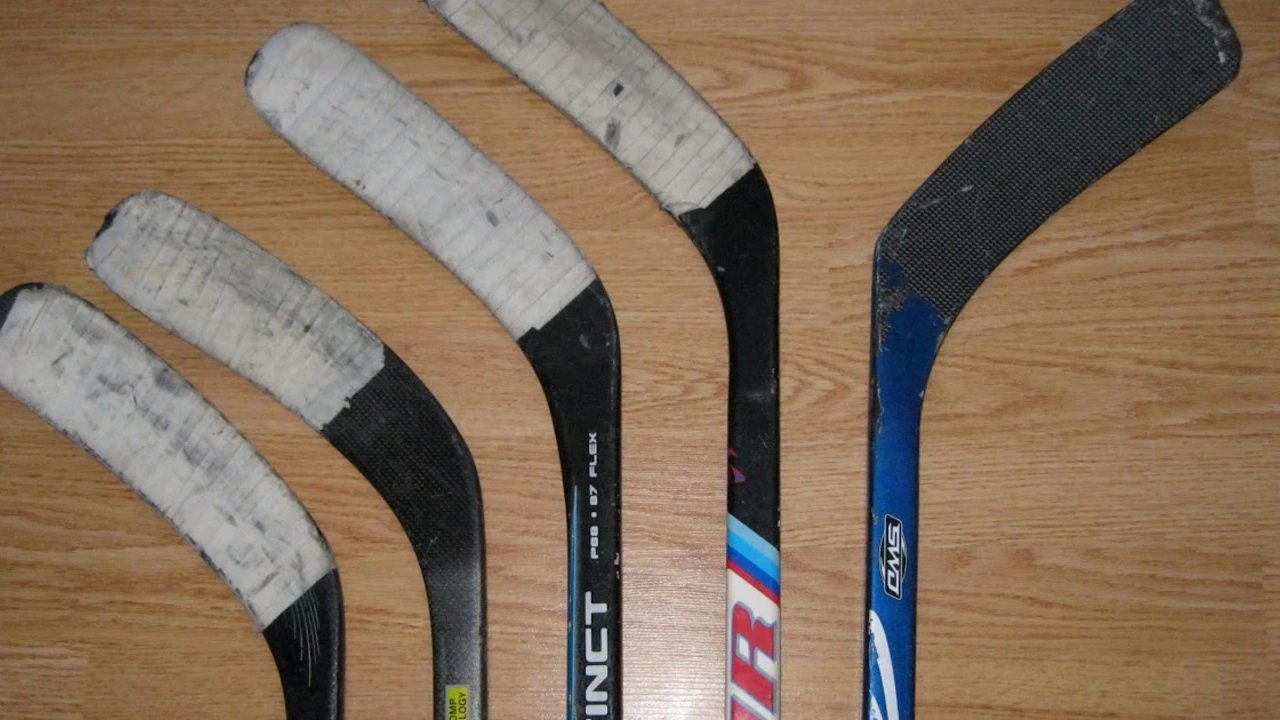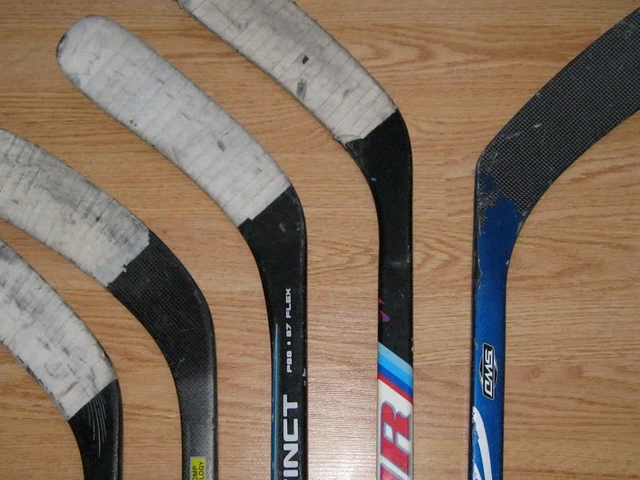Sports Equipment Reviews – Honest Hockey Gear Guides
Looking for a hockey stick that actually feels right? Want to know if a cheap tape hack will hold up on the street? You’re in the right place. Here at Swindon Hockey Central we break down the gear you see on the rink and the pavement, so you can skip the guesswork and get straight to the fun.
Every review on this page follows the same practical steps: we test the product, we compare it to the competition, and we tell you what matters most for everyday players. No fluff, just what you need to decide if a piece of equipment earns a spot in your bag.
What to Check When Buying a Hockey Stick
First thing – feel the grip. A stick that slides in your hand will cost you control, especially when you’re making quick turns. Look for a textured shaft or add your own tape, but remember the tape is a band‑aid, not a replacement for a purpose‑built stick.
Second, weigh the shaft. Light sticks let you snap the puck faster, but they can feel flimsy if you’re a power shooter. Try a few different weights and notice how the puck reacts.
Third, check the flex rating. Low flex is good for precise passes, high flex adds power. Your style decides the sweet spot, so don’t chase the highest number unless you know you need it.
How We Test Street Hockey Gear
Street hockey brings a different set of challenges – rough surfaces, unpredictable bounces, and often a tighter budget. When we ran the “Can I use this as a street hockey stick if I put tape over it?” test, we started with a regular indoor stick, wrapped it in sports tape, and hit the asphalt.
The tape gave a bit more grip, but the shaft still slipped on slick concrete. The blade, designed for ice, chipped faster than a purpose‑made street blade. Performance dropped about 30%, and durability took a hit after just a few games.
Our verdict? Tape can turn a stick into a stop‑gap, but for regular street play you’ll want a stick built for the surface. It saves you money in the long run because you avoid constant replacements.
Beyond sticks, we examine balls, shoes, and protective gear. We look for impact resistance, comfort during long sessions, and how well the gear holds up after repeated use. Real‑world testing means we play a full game, not just swing a stick in a lab.
We also factor in price. A high‑end stick might shave a few milliseconds off your shot, but if you’re just getting back into the game, a mid‑range model will serve you just fine. The same goes for street gear – a sturdy, affordable stick beats an expensive one that breaks after a week.
Finally, we listen to the local community. Swindon players share what’s working for them on the ice and the pavement. Their feedback helps us highlight the gear that actually gets used around town.
Want the bottom line? Choose equipment that matches your playing surface, style, and budget. If you’re tempted to tape an indoor stick for street use, try it once, but plan for a proper street stick if you’ll play often. Stay tuned for more reviews, and feel free to drop your own experiences in the comments. Happy playing!
On my quest to answer whether a regular stick could be converted into a street hockey stick with just the addition of tape, I've uncovered some interesting facts. It appears that while it's technically possible to use any stick with tape as a makeshift street hockey stick, it may not provide the best performance or durability. The tape may offer some grip, but it doesn't replace the design and build of an actual hockey stick. So, it's a solution if you're in a pinch, but for regular play, investing in a proper street hockey stick is recommended. Always remember safety and efficiency should come first.
Read more





